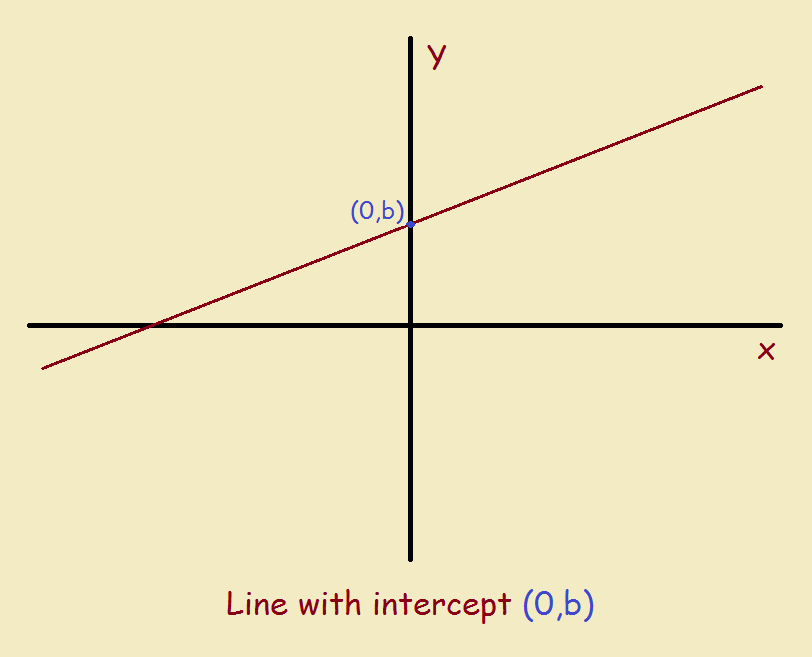
Lines can be drawn in three dimensions, but most analytical geometry courses stick to lines in two dimensions, generally using the Cartesian or XY coordinate system. The generic equation for a line may follow the form:
y = mx + b
where m is the slope (measure of tilt or steep-ness) of the line, while b is its intercept or intersection with the y-axis.
Equation for a Line from Two Points
A line can be determined and an equation derived from two points. In the Cartesian system, for instance, take two points, (2 , 3) and (– 1 , 5). The first number in each pair represents the x-value of a point and the second number in each pair represents the y-value.
Writing these points into the general equation y = mx + b, we have for Point 1,
3 = m (2) + b
For point 2, we have,
5 = m (– 1) + b
Solving the two-equation system for both in terms of b, we get, b = 3 – 2 m and b = 5 + m So 3 – 2 m = 5 + m and so, 3 m = – 2 and so,
m = – 2/3
Picking either of the two points and putting in this m value into the generic equation, 3 = – 2/3 (2) + b or, b = 9/3 + 4/3 = 13/3
b = 13/3
The equation for the line derived from the two points of our example is, therefore
y = – 2/3 x + 13/3
Verification of this equation is achieved by inserting the values of the second point into the equation,
Verification?
5 = – 2/3 (– 1) + 13/3 (Yes!)
Note: You might also enjoy Discrete Mathematics: What is a Point and What a Line?
← Back to Math-Logic-Design
← Home

Yes, I think I remember this from a long time ago.